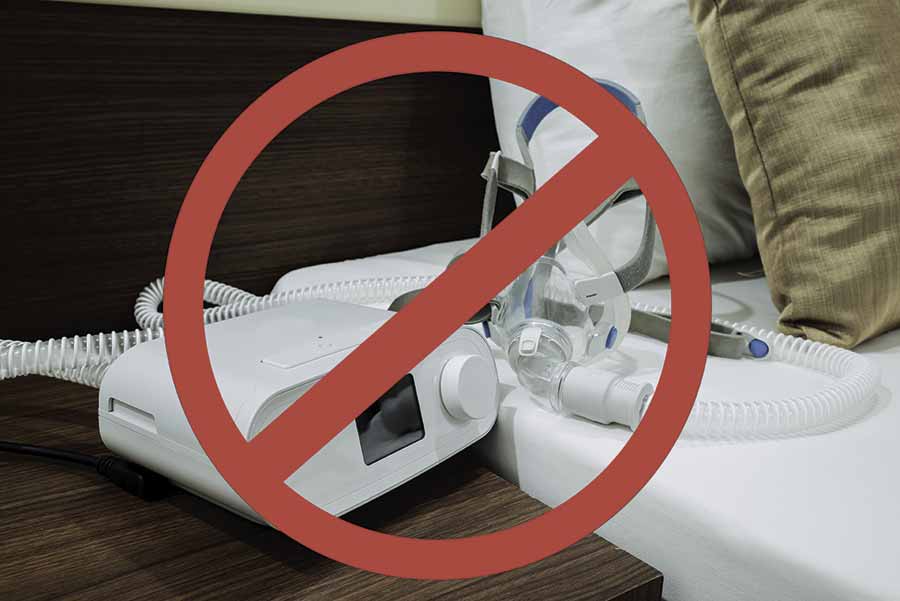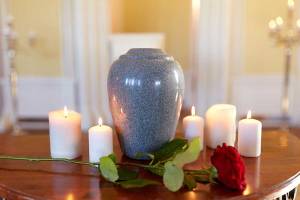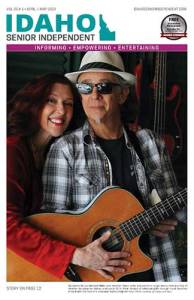By Ken Levy
Patients with obstructive sleep apnea (OSA) frequently must deal with the hoses, forced air and masks of CPAP (continuous positive airway pressure) to be able to get a good night’s sleep.
For many, that can change dramatically. Using upper airway stimulation therapy, a surgically-implanted device developed by Minneapolis-based Inspire Medical Systems, Inc. offers to treat the root cause of OSA by keeping the airway open.
According to information provided by Inspire, their system provides mild stimulation to the hypoglossal nerve controlling tongue and other key airway muscles to keep the airway open during sleep. Patients control the device using a small handheld remote, which activates the stimulator before bedtime and is shut off when awake. They can adjust the strength of stimulation, based on parameters discussed with the doctor.
The device is surgically placed below the skin in the upper right chest. A second incision is made where the hypoglossal nerve is located. The procedure takes 2–3 hours, and most patients go home the same day. The system stays off for about four-to-six weeks to allow time to heal.
Inspire cites potential health risks from the implant including infection, tongue weakness, swallowing or speech-related issues, discomfort, tongue abrasion and others.
“Inspire therapy has been demonstrated to significantly reduce the severity of OSA,” the company reports.
Candidates for Inspire must have moderate to severe obstructive sleep apnea; are unable to use or get consistent benefit from CPAP; are not significantly obese, with a body mass index (BMI) of 35 or below; and are 18 or older. Medicare and most major U.S. insurance companies cover Inspire for those who qualify. The latter will expect patients to pay any unmet deductible for the year, along with any copay or co-insurance fees.
The U.S. Food and Drug Administration approved the device in 2014, with expanded approval in 2020. Clinical trials showed most of those using the device experienced significant reductions in sleep apnea events and had improvements in quality of life.
Dr. Kyle Tubbs, an ear, nose and throat specialist based in Kalispell, MT, said he did his first Inspire implant in November 2020 and has done close to 90 procedures. Tubbs said more than half of his implant patients were over age 65, and some were in their 80s.
Dr. Ryan Hall, an ENT specialist in Idaho Falls, said he’s been doing the implants for about seven years, with around 120 Inspire procedures performed.
“For senior citizens it’s often a very popular choice,” he said.
Both doctors said they’re seeing upwards of 90 percent or more of their patients reporting their sleep quality improved.
“We can’t say that everyone is completely cured of their sleep apnea,” Tubbs said, and there is a small percentage of people who don’t respond as well.
Post-surgery patient complaints are minimal, they said.
“The things we hear most from patients are just that it takes some time to get used to,” Hall said, “usually three or four months, and getting it up to the strength that it is strong enough. Aside from that, people are overall pretty darn happy with it.”
Both doctors emphasized they prefer patients do their best to tolerate CPAP before turning to surgery.
“CPAP is still the standard of care treatment for sleep apnea,” Hall said. “We try to help people tolerate that first if we can.”
“I believe the Inspire device is the best non-CPAP option we have in terms of the ease of surgery, the ease of recovery, the effectiveness of the device, (and) the fact that the device can be tailored to an individual person,” Tubbs said. “We’d still consider it second line treatment” after CPAP.
“For those people who have struggled with CPAP over the years, this becomes their best option,” Hall said.
Patient reports
Becky Buddenbohm, 56, of Idaho Falls, was having 59 sleep apnea incidents per hour, she said. She would snore and stop breathing during many of these. Following the Inspire implant surgery, she said, “I was at three incidents an hour.”
Becky said she used a CPAP machine for about a year.
“I hated it,” she said. “It was cumbersome. It’s not sexy. It’s annoying. I’m a flipper and a flopper when I sleep. Every time I moved, I had to move the hose.”
She overheard friends talking about Inspire and made an appointment with an Inspire-certified ear, nose, and throat physician.
After getting her body mass index (BMI) down to the required limit, she underwent drug induced sleep endoscopy done under anesthesia to assess how the throat closes at night when her sleep apnea began. All candidates for Inspire undergo this procedure.
“My tongue would fall backwards and block my airway,” she said.
She had the surgery in August 2022.
Becky said she had to wait about 30 days before she could turn on the device. In the interim, she had to use her CPAP while she healed.
Once Inspire was turned on, she had to increase the strength of the device to determine the best settings for it to work.
Kyle Isakson 39, from Butte, said his sleep apnea was so severe he didn’t qualify for the device at first. His tonsils exacerbated the problem, so he had them removed first.
“Before Kyle got his Inspire device, and after his tonsil surgery, he would often snore and stop breathing while he slept,” said his fiancé, Katie Tabaratci.
Kyle was using a BiPAP machine, which delivers two levels of air pressure—for inhalation and exhalation, vs. CPAP, which uses one continuous level. The former is for more severe OSA.
“Sleeping with that on your face isn’t easy,” he said, “and I’d be on that for about two hours and rip it off my face. Then you’re not getting treatment at all.”
Kyle learned his tongue was falling down and blocking his airway during sleep.
“I noticed a difference right away when they turned it on with low stimulation,” he said.
“After he got his Inspire device, his snoring has significantly improved and almost resolved,” Katie said. “I sleep better knowing he is breathing throughout the night.”
Kyle will have another sleep study, and recommendations for fine-tuning the device will follow. He’s getting used to the device rubbing on suspenders or certain car seat belts, but he’s “really happy” with the way his surgical scars are healing.
“It’s the best thing I ever did,” Becky said. “It’s really easy to travel with. I would recommend it. On a scale of 1 to 10, I’d say a 20.”
For further information, please visit inspiresleep.com. ISI










